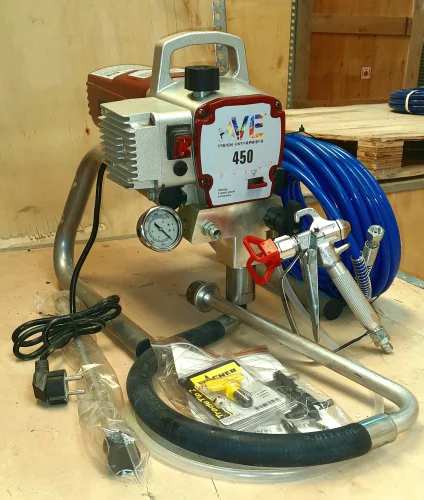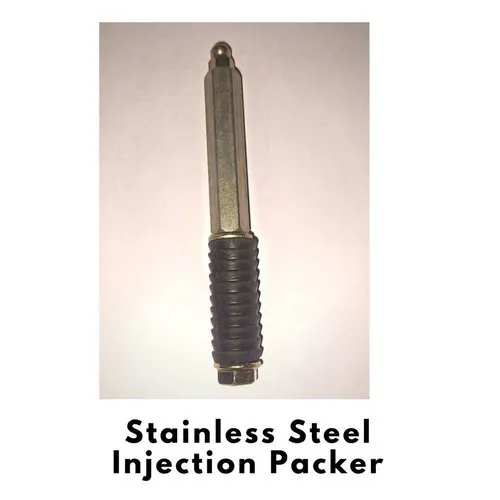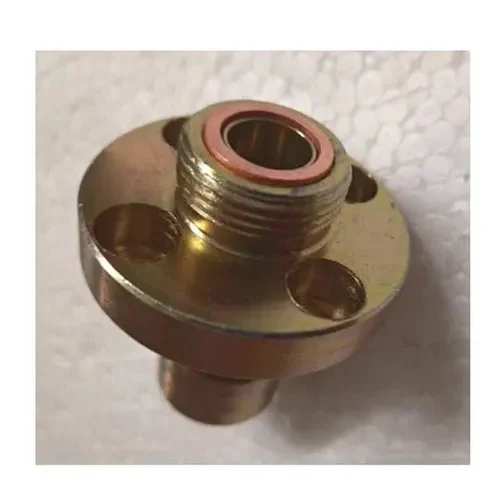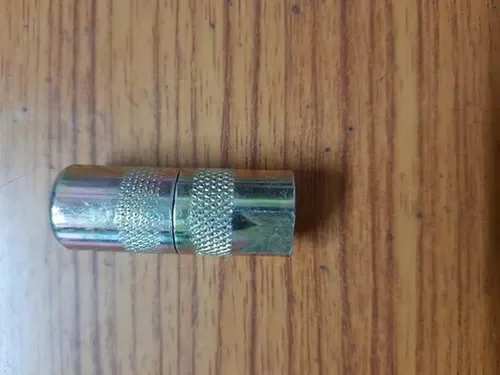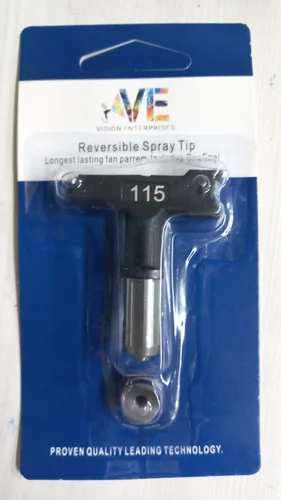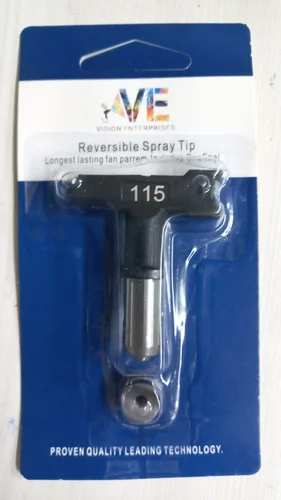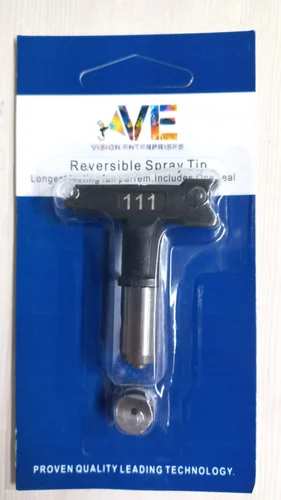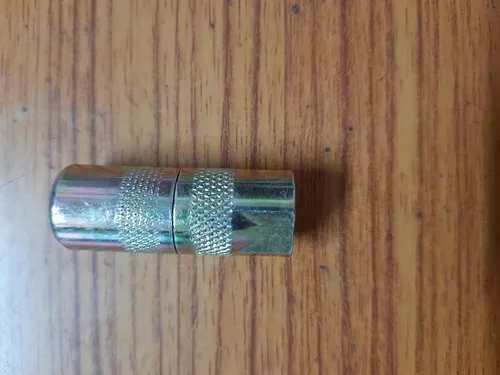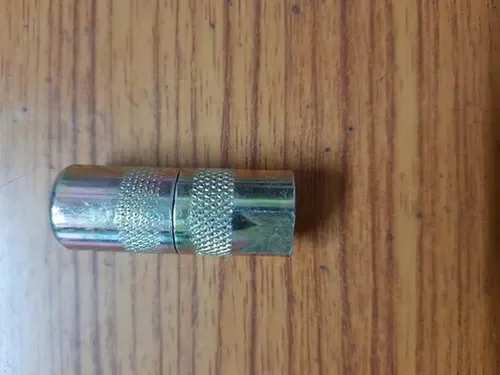Automation Grade: Semi-Automatic Brand: Vision Model Name/Number: VE 450 Usage/Application: Water Base Material: MS Voltage: 220V Finish: Color Coated Usage/Applications: Oil base paints, Distemper, Emulsion, Enamel, Lacquers, Latex The VE 450 Airless Painting Machine is a portable electric sprayer, often used for residential and commercial painting projects. It's known for its affordability, ease of use, and ability to handle a variety of paint types. Here's a breakdown of the VE 450: Key Features: Electrically powered: Plugs into a standard 220v outlet, making it convenient for indoor and outdoor use. Piston pump: Delivers consistent paint flow and pressure for professional-looking finishes. Max pressure: 3200 PSI, suitable for spraying most paints, stains, and lacquers. Max flow rate: 1.6 LPM, allows for efficient coverage without overspray. Tip sizes: Accepts a variety of spray tips for different paint thicknesses and patterns. Lightweight and portable: Weighs around 13 kg, making it easy to transport and maneuver. Warranty: Typically comes with a 6-month warranty for added peace of mind.

